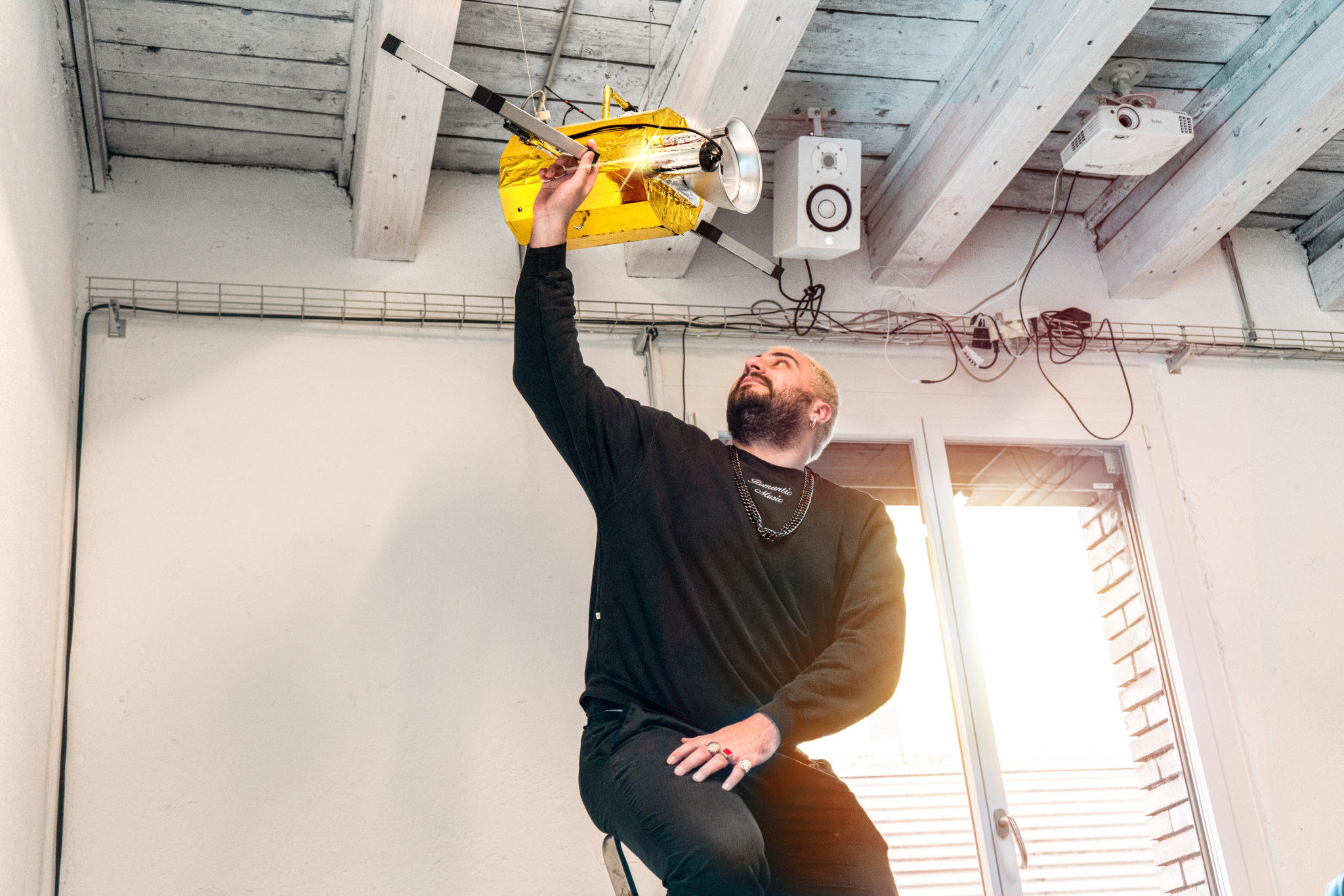
Manolis Andronikos, the leader of the archaeological excavation, posited that the larnax most likely contained the remains of King Philip II of Macedon, father of Alexander the Great. In a few special cases, larnakes appear to have been made out of precious materials, as in the 4th century BC example found at Vergina in Macedonia, of gold, with a sun motif (hence known as the " Vergina Sun" motif) on the lid. ĭuring the later Hellenistic period, larnakes, in the form of small terracotta sarcophagi, became popular, some of which were painted in similar styles to contemporary Greek vases. They were richly decorated with abstract patterns, octopuses and scenes of hunting and cult rituals. The first larnakes appeared in the Minoan period of the Aegean civilization, when they took the form of ceramic coffers designed to imitate wooden chests, perhaps on the pattern of Egyptian linen chests. The golden larnax and the golden crown of Philip II of Macedon, Vergina Museum.Ī larnax (plural: larnakes Ancient Greek: λάρναξ, lárnaks, plural: λάρνακες, lárnakes) is a type of small closed coffin, box or "ash-chest" often used in the Minoan civilization and in Ancient Greece as a container for human remains-either a corpse (bent back on itself) or cremated ashes. "The vase or urn of the former, the larnax of Egypt, the ship or boat of WesternĮurope, and the canoe of the American savage, are all connected with the. The History of English Poetry: From the Close of the Eleventh to the by Thomas Warton (1824) The larnax, (hip, or coffin of other nations was by no means a needful. For the biopharma industry investment, business development and competitive intelligence professionals who require information to support financing, partnering and licensing activities, BCIQ provides accurate information and context to support profitable and strategic decision making. "The vafe or urn of the former, the larnax of Egypt, the (hip or boat of. Rand & Avery, William Carew Hazlitt, Richard Price (1871) History of English Poetry from the 12th to the Close of the 16th Century by Charles Dudley Warner, Thomas Warton, Geo. In the larnax itself were a small bronze dagger, a gold pendant. "The larnax stood against the wall on the left side of the entrance, and but for


#LARNAX GMBH MONEYHOUSE FREE#
Transactions of the Department of Archaeology, Free Museum of Science and Art by University of Pennsylvania, University Museum (1905) Paid yearly to the Governor 5000 piastres. "These were stationed at larnax, Lemesos, Paphos, Kyrenia and Ammochostos, and Excerpta Cypria: Materials for a History of Cyprus by Claude Delaval Cobham (1908) Agreeing with this to the genus, but to the family. The first larnakes appeared in the Minoan period of the Aegean civilization, when they. Illustrations of South American Plants by John Miers (1857) A larnax (plural: larnakes Ancient Greek:, lárnaks, plural:, lárnakes) is a type of small closed coffin, box or 'ash-chest' often used in the Minoan civilization and in Ancient Greece as a container for human remainseither a corpse (bent back on itself) or cremated ashes. Agreeing with this genus in its numerous fasciculatedįlowers, its small urceolate calyx and red berries enclosed in an inflated. Annals and Magazine of Natural History by William Jardine (1853) Els primers larnax van aparèixer a la civilització. The number of skulls stored within pithoi and. Un larnax (plural larnakes cal citació grec antic:, ) era un tipus de petit taüt tancat com ara una caixa o cofre de cendres, que sovint sutilitzava com a contenidor de restes humanes de lantic Regne de Macedònia, ja sigui amb un cos -plegat sobre si mateix- o de les cendres després de la cremació. "Pithos and larnax fragments from other tombs suggest that such practice was The Prepalatial Cemeteries at Mochlos and Gournia and the House Tombs of by Jeffrey S.

Lexicographical Neighbors of Larnax larkinessesīelow you will find example usage of this term as found in modern and/or classical literature:ġ.


 0 kommentar(er)
0 kommentar(er)
